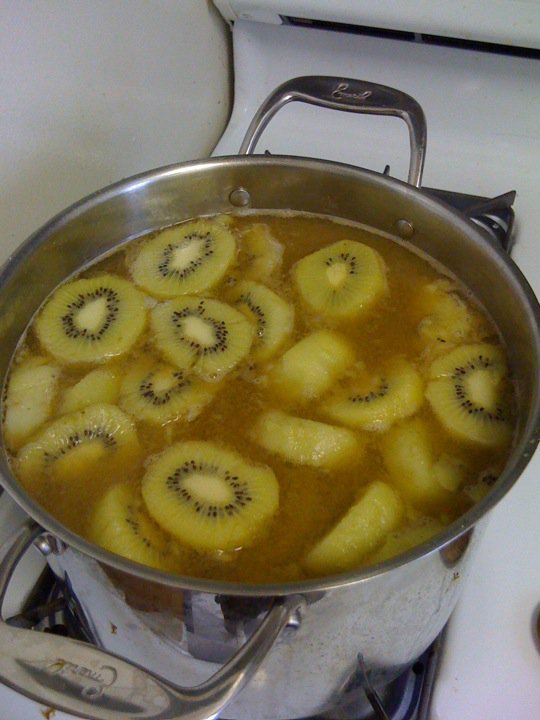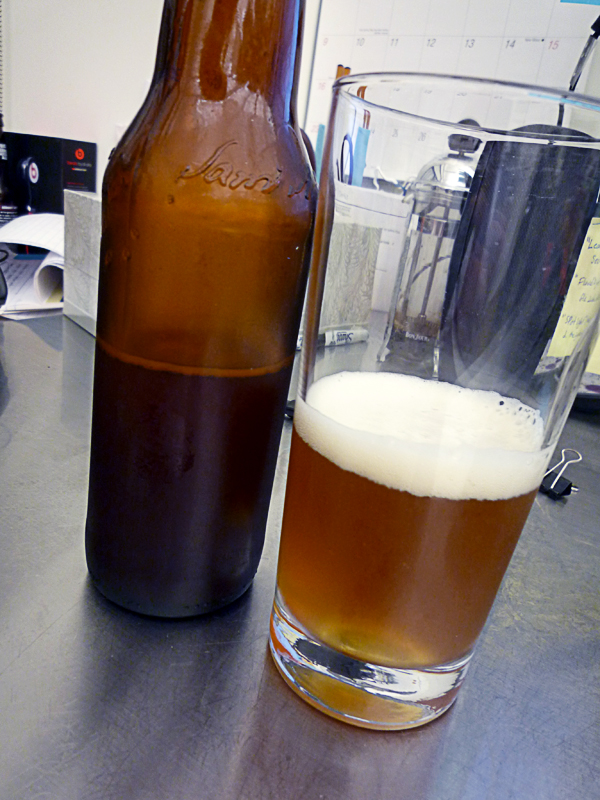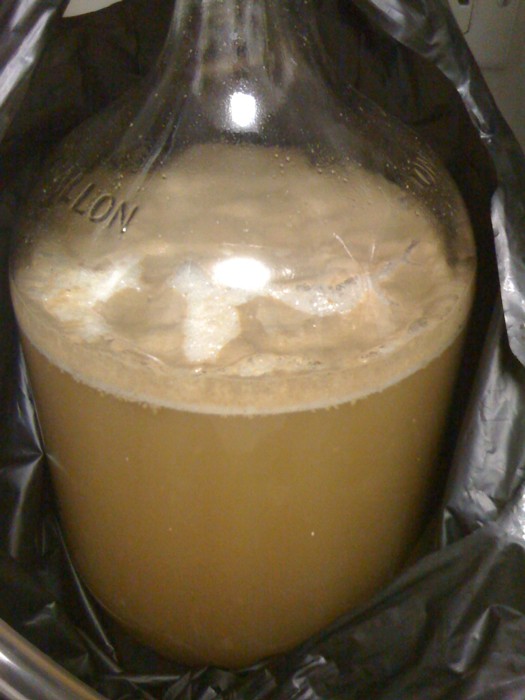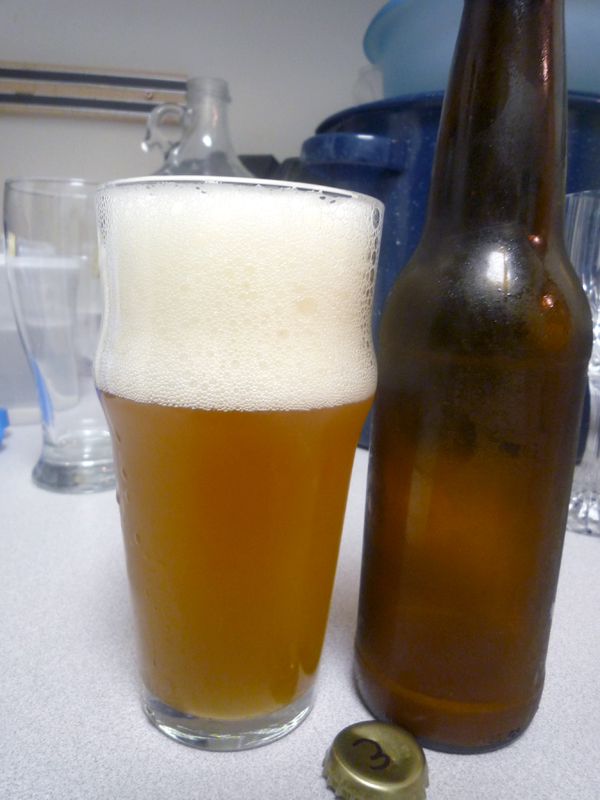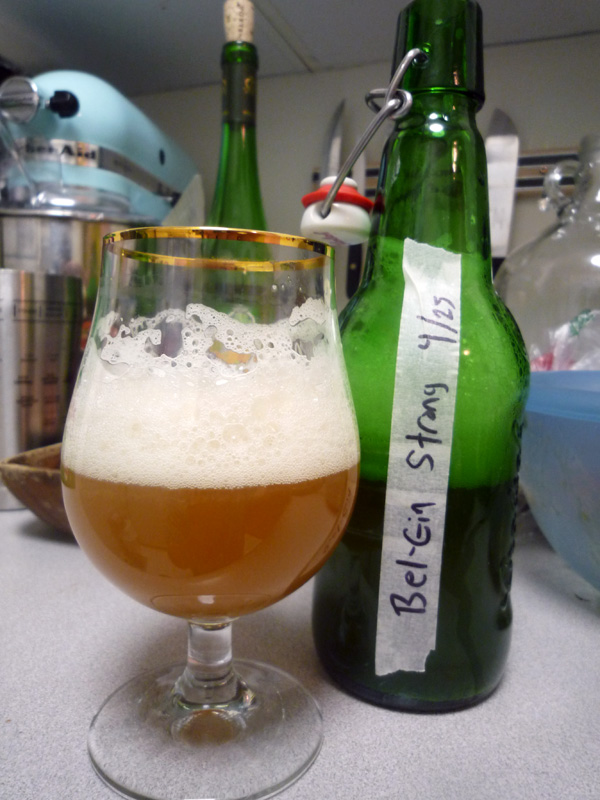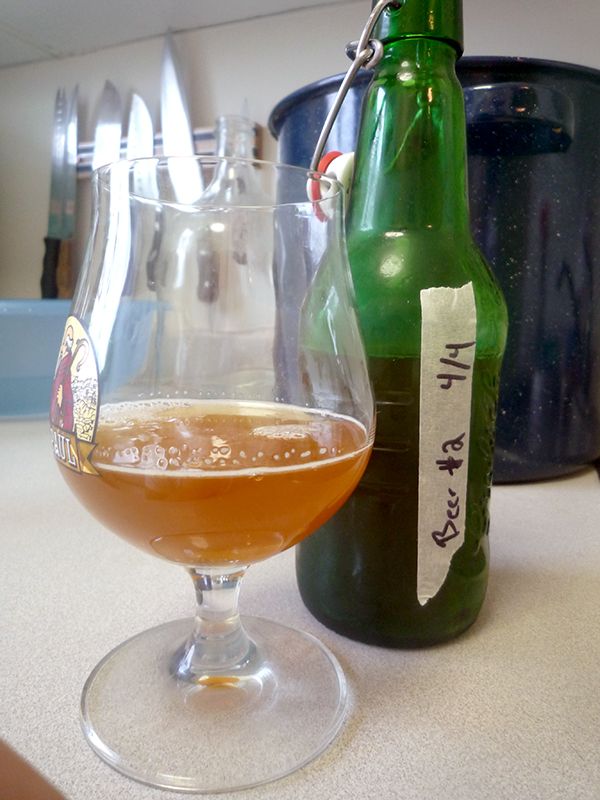Preface
First of all, I’m getting my grains, yeast, and hops from Midwest Supplies. The Brooklyn Brew Shop has some of the best kits around, and I’m currently anxiously awaiting an order of Bel-Gin Strong from them, so if you’re new to this (like I am) then you should check them out.
The Recipe
So this is my first beer. I say that in the sense that this is the first beer I’ve brewed that is my own ‘recipe.’ I want to use the term recipe lightly, as I pretty much just picked malts, hops, and yeast that I thought would go good together based on their description. So here’s what I used to make one gallon of my very first beer:
- Golden Promise (Simpson’s) – 2 lbs
- Roasted Barley (Simpson’s) – 2 lbs
- Northdown Pellet Hops ~0.5 oz
- Belgian Strong Ale Wyeast W1388
The Golden Promise sounded good to me, which is why I decided to use it as a base and starting point for my malt.
Simpsons bring you this barley traditionally grown in Scotland. Golden Promise is very versatile, and may be used in many ales and lagers as it produces a sweet and clean wort. An integral ingredient in Scottish ales and lagers. Great base malt for UK and American IPAs.
I got the roasted barley as I wanted to add some color and chocolate and coffee flavors. I intended to really only use a handful, but ended up using half of the 1 lb bag. The hops also seemed to be a good overall pick, and the Belgian strong yeast was picked for it’s ability to produce higher ABV beers. I’ll admit it, I like a beer with hotness to it that gives you a kick.
The Result
First things first, something crazy happened here. I made exploding beer. The bottles didn’t explode, but every time I open one of the Grolsch swing tops beer comes spurting out. Most of the bottle ends up as head. I don’t know why, I guess over carbonation maybe from using too much honey before bottling. But once in a glass, it’s delicious.
The color is extremely dark, on a scale of 1-10 it’s defiantly a 10. The head is, as mentioned, very thick from tiny bubbles and is a dark tan. The aroma is actually kind of sweet and fruity, but mostly smells like chocolate. The beer is defiantly hoppy, but the main flavor is coffee. Since when I open the bottles they more or less go volcanic, all the sediment from the bottom gets all kicked up. The result is there is a definite yeasty/woody taste. Despite the semi-sweet aroma, the beer is dry.
So in conclusion, it was a good first beer. Maybe a little too dry for my liking, but it has a good stout taste. Unlike many stouts, it doesn’t have an acidic quality to it. And I like the chocolate-coffee flavor, next time I would ease up on the roasted malt.

